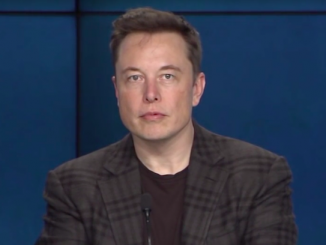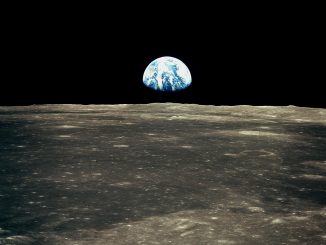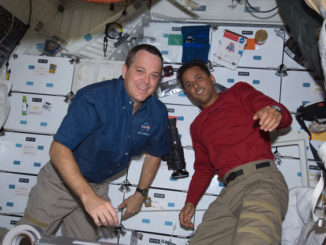
Human Spaceflight

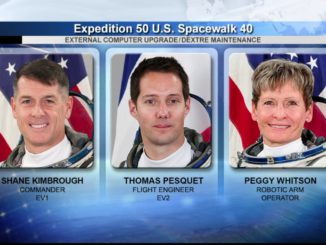
Spacewalkers complete excursion outside International Space Station
Astronauts Shane Kimbrough and Thomas Pesquet put on their self-contained spacesuits and headed outside the International Space Station on Friday for a six-and-a-half hour excursion to prepare for the relocation of a docking adapter, service the lab’s Dextre robot, and install a new computer relay box.
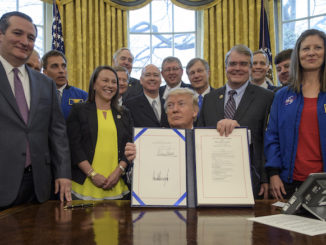
Trump signs NASA authorization act, Pence to chair National Space Council
President Donald Trump signed a new NASA authorization bill Tuesday, the first such space policy framework since early in the Obama administration, that largely continues the space agency’s efforts to foster a commercial economy in Earth orbit and explore deep space, with an eventual goal of landing humans on Mars.
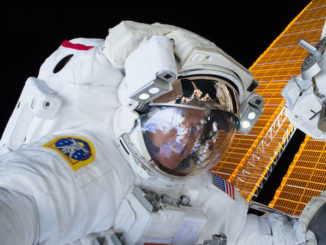
Astronauts gear up for spacewalks, resupply launch delayed
NASA is gearing up for an intense few weeks of work aboard the International Space Station, staging three spacewalks, moving a docking port from one module to another to support commercial crew ferry ships and capturing an Orbital ATK Cygnus cargo ship carrying nearly 4 tons of equipment and supplies.
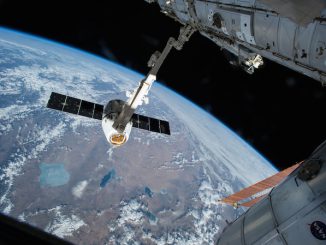
Live coverage: Dragon cargo craft returns to Earth
After 24 days at the International Space Station, SpaceX’s Dragon supply ship came back to Earth on Sunday with more than 5,400 pounds of cargo, human and animal research specimens, and other gear tagged for the trip home. Release from the station’s robotic arm occurred at 5:11 a.m. EDT (0911 GMT), and splashdown in the Pacific Ocean was a few minutes before 11 a.m. EDT (1500 GMT).
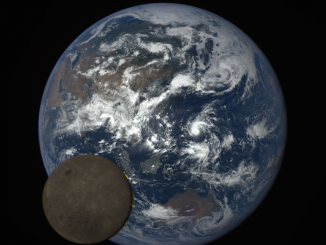
Trump budget blueprint focuses on deep space exploration, commercial partnerships
The Trump administration is proposing $19.1 billion for NASA in its fiscal 2018 budget blueprint, a 0.8 percent decrease from 2017 funding levels, focusing on deep space exploration, both human and robotic, and increased public-private partnerships to lower costs and encourage private sector innovation.
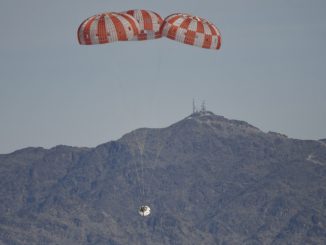

NASA buys up to five more seats on future Soyuz missions
NASA has purchased two seats on Russian Soyuz capsules launching later this year and in early 2018 to expand the crew on the U.S. segment of the International Space Station from three to four, and reserved options to fly astronauts on Soyuz spacecraft in 2019 if commercial rides are not available in time.
